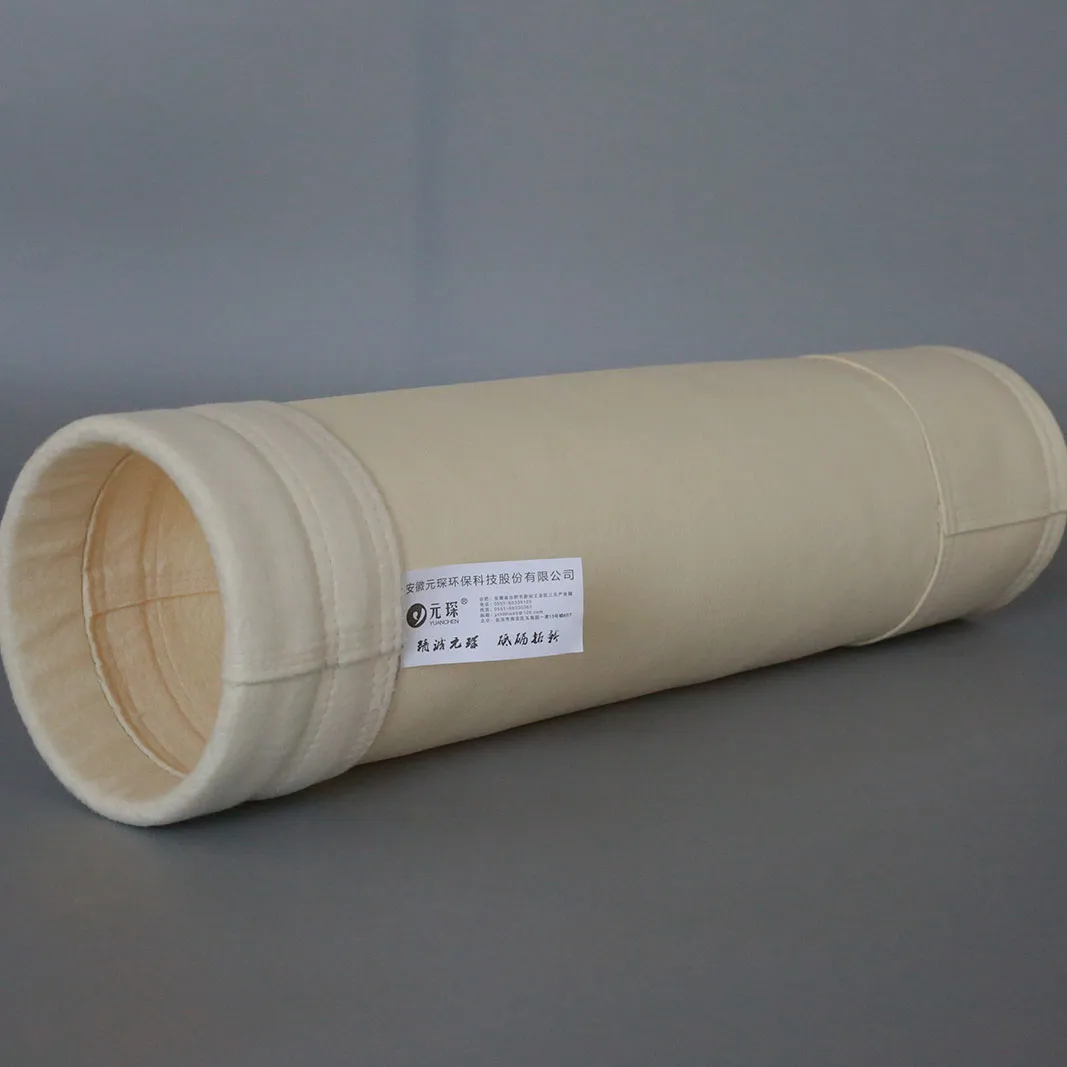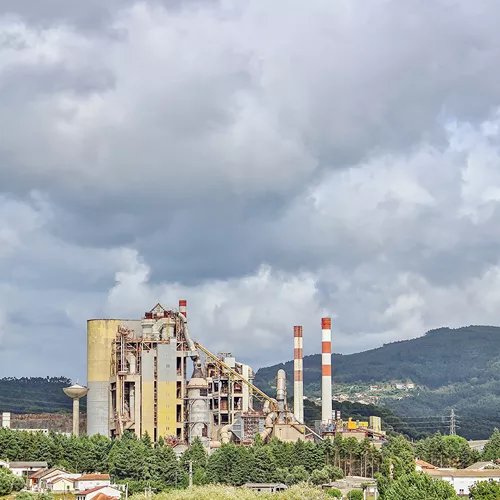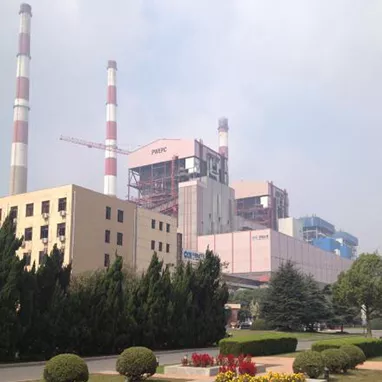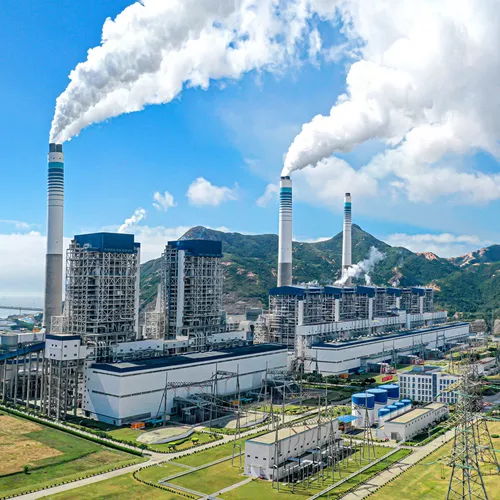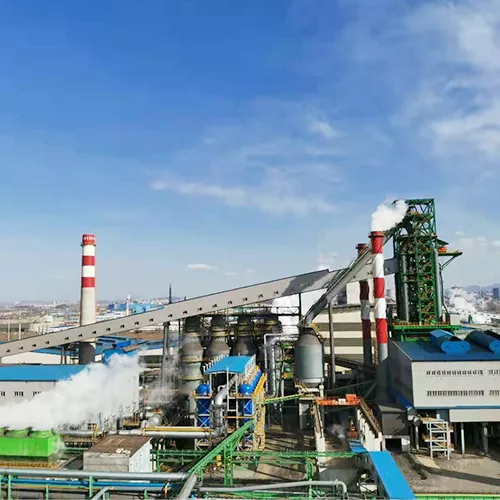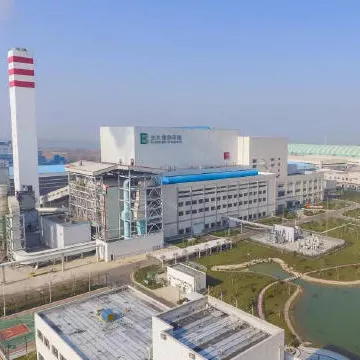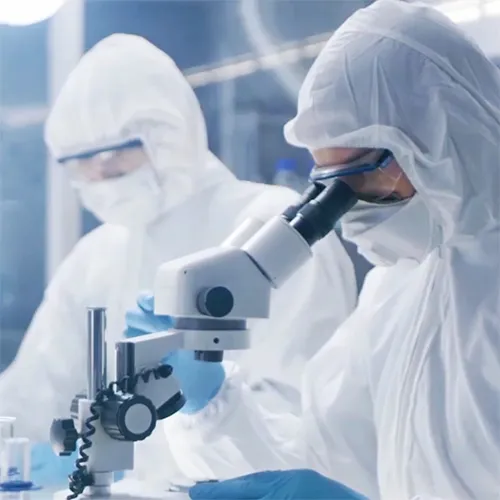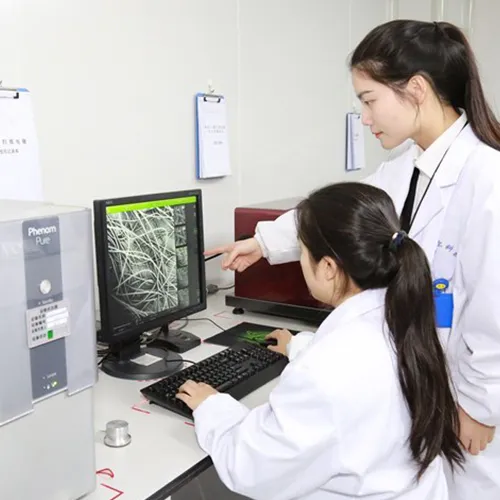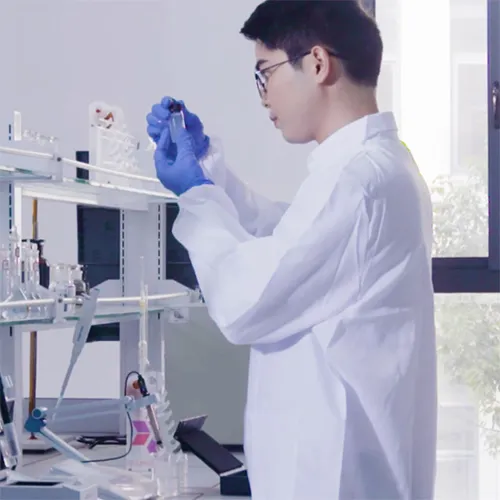Uygun denitrifikasyon katalizörü ve çevre koruma ekipmanı nasıl seçilir?
Çevre koruma konusunda küresel farkındalık arttıkça, endüstriyel emisyon standartları, özellikle azot oksitlerin (NOx) kontrolü için giderek daha katı hale geliyor. NOx emisyonlarını kontrol etmenin önemli bir yolu olarak, denitrifikasyon katalizörlerinin seçimi ve uygulaması birçok endüstriyel işletmenin odak noktası haline geldi. Bu makale, uygun denitrifikasyon katalizörlerinin ve çevre koruma ekipmanlarının nasıl seçileceğini keşfetmek için çeşitli uygulama durumlarını analiz edecektir.
1. Denitrifikasyon katalizörlerinin önemi
Denitrifikasyon katalizörleri esas olarak, şu anda NOx emisyonlarını azaltmanın en etkili yöntemlerinden biri olan seçici katalitik indirgeme teknolojisinde kullanılır. Katalizör seçimi, denitrifikasyon verimliliğini ve işletme maliyetlerini doğrudan etkiler. Bu nedenle, farklı katalizör tiplerinin özelliklerini ve uygulanabilir koşullarını anlamak çok önemlidir.
2. Termik santrallerin uygulama durumları
Termik santrallerde, yanma süreci sırasında büyük miktarda NOx üretildiğinden, verimli bir denitrifikasyon sistemine ihtiyaç vardır. Büyük bir termik santral, özel olarak formüle edilmiş bir SCR teknolojisini kullanır SCR denitrifikasyon katalizörü NOx emisyonlarını 80%'den daha fazla azaltmak için başarılı bir şekilde. Bu durum, yüksek NOx emisyonlarına sahip endüstriler için yüksek performanslı, yüksek sıcaklığa dayanıklı ve iyi mekanik mukavemete sahip katalizörlerin seçilmesi gerektiğini göstermektedir.

3. Çelik endüstrisindeki uygulama örnekleri
Çelik endüstrisi de üretim süreci sırasında büyük miktarda NOx üretir. Bir çelik tesisi yalnızca denitrifikasyon verimliliğini iyileştirmekle kalmadı, aynı zamanda bir katalizör kurarak katalizörün hizmet ömrünü de uzattı. çelik fabrikası katalizör kullanıyor özel metal elementler içerir. Bu, bir katalizör seçerken, belirli bir endüstriyel ortamda istikrarlı ve uzun süreli çalışabilmesini sağlamak için kimyasal bileşiminin ve fiziksel özelliklerinin dikkate alınması gerektiğini gösterir.
4. Cam endüstrisindeki uygulama örnekleri
Cam üretim süreci sırasında belirli miktarda NOx de üretilir. Bir cam tesisi, düşük sıcaklıkta aktif bir denitrifikasyon katalizörü kullanarak daha düşük bir sıcaklıkta verimli denitrifikasyon elde etti. Bu durum, belirli özel endüstriler için, benzersiz işlem koşullarına uyum sağlamak için özel olarak tasarlanmış katalizörlerin gerekebileceğini göstermektedir.
5. Çevre koruma ekipmanının seçilmesinde önemli noktalar
Katalizör performans göstergeleri: denitrasyon verimliliği, seçicilik, kararlılık, zehirlenmeye karşı dayanıklılık vb.
Ekipman uyumluluğu ve uyarlanabilirliği: Seçilen katalizörün mevcut çevre koruma ekipmanlarıyla uyumlu olduğundan ve farklı çalışma koşullarına uyum sağlayabildiğinden emin olun.
Maliyet-fayda analizi: Katalizörün yatırım maliyetini, işletme ve bakım maliyetlerini ve olası enerji tasarrufu ve tüketim azaltıcı etkilerini göz önünde bulundurun.
Çevre düzenlemeleri: Yerel çevre düzenlemelerine uyun ve emisyon standartlarını karşılayabilen veya aşabilen katalizörler ve ekipmanlar seçin.
Tedarikçi itibarı ve teknik destek: İyi itibara ve kapsamlı teknik desteğe sahip tedarikçileri seçin.
6. Sonuç ve görünüm
Uygun denitrifikasyon katalizörleri ve çevre koruma ekipmanı seçmek işletmeler için bir zorluktur, ancak aynı zamanda sürdürülebilir kalkınmayı sağlamak için gerekli bir adımdır. Farklı endüstrilerdeki vakaları analiz ederek, tüm durumlar için uygun olan "evrensel" bir katalizör olmadığını görebiliriz. Bu nedenle, bir seçim yaparken işletmeler kendi üretim süreçlerini, emisyon özelliklerini, ekonomik karşılanabilirliği ve çevresel etkiyi kapsamlı bir şekilde göz önünde bulundurmalıdır. Gelecekte, sürekli olarak yeni malzemeler ve teknolojilerin ortaya çıkmasıyla, denitrifikasyon katalizörlerinin performansı daha da iyileştirilecek ve çevre koruma ekipmanı seçimi daha çeşitli ve akıllı hale gelecektir. İşletmeler, çevre koruma tesislerini zamanında güncelleyebilmeleri ve optimize edebilmeleri için en son teknolojik gelişmeleri takip etmelidir.

Denitrifikasyon katalizörlerinin ve çevre koruma ekipmanlarının seçimi, profesyonel bilgi ve deneyim desteği gerektiren karmaşık bir süreçtir. Derinlemesine araştırma ve makul planlama yoluyla, işletmeler NOx emisyonlarını etkili bir şekilde azaltabilir ve çevrenin korunmasına katkıda bulunabilir.


